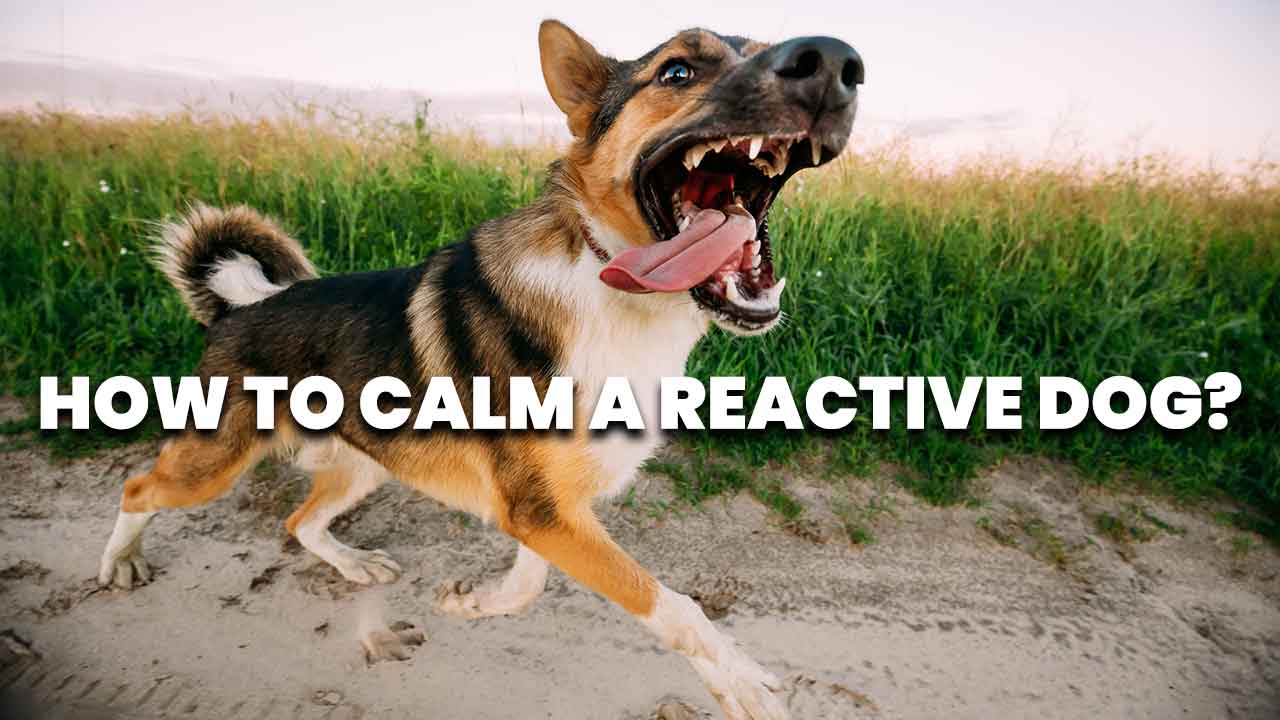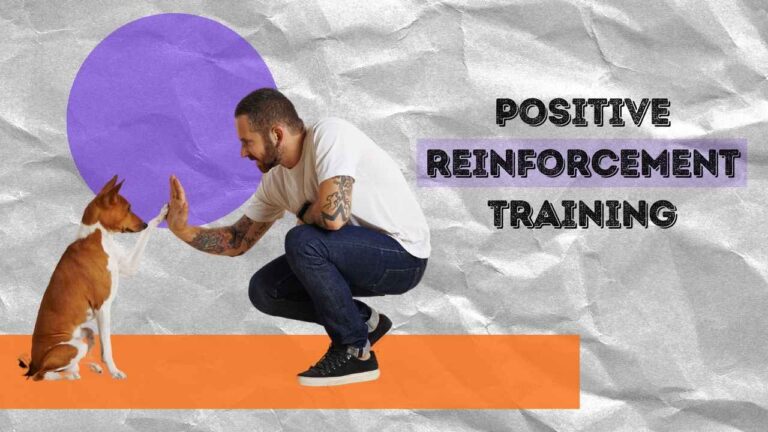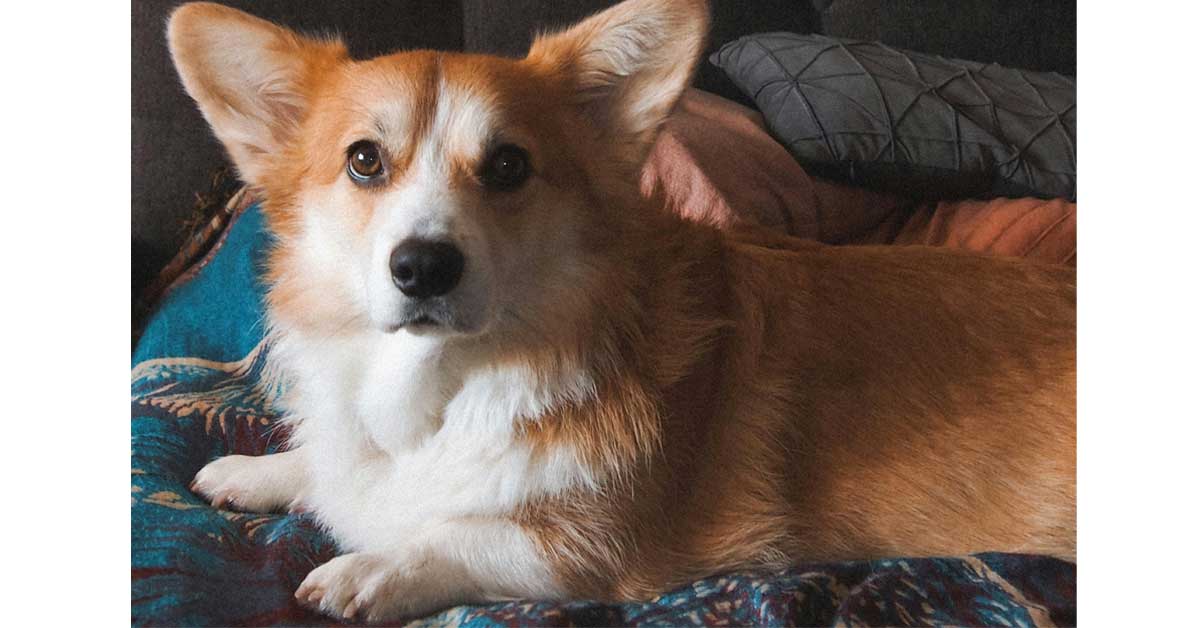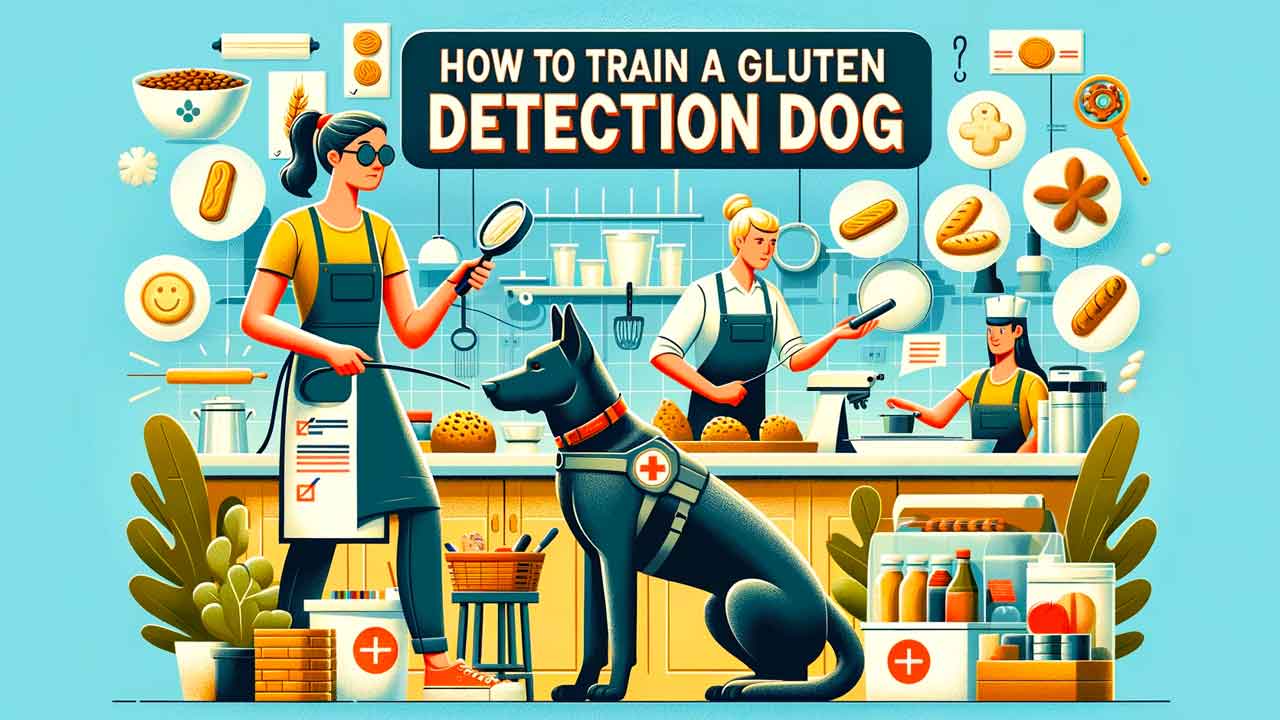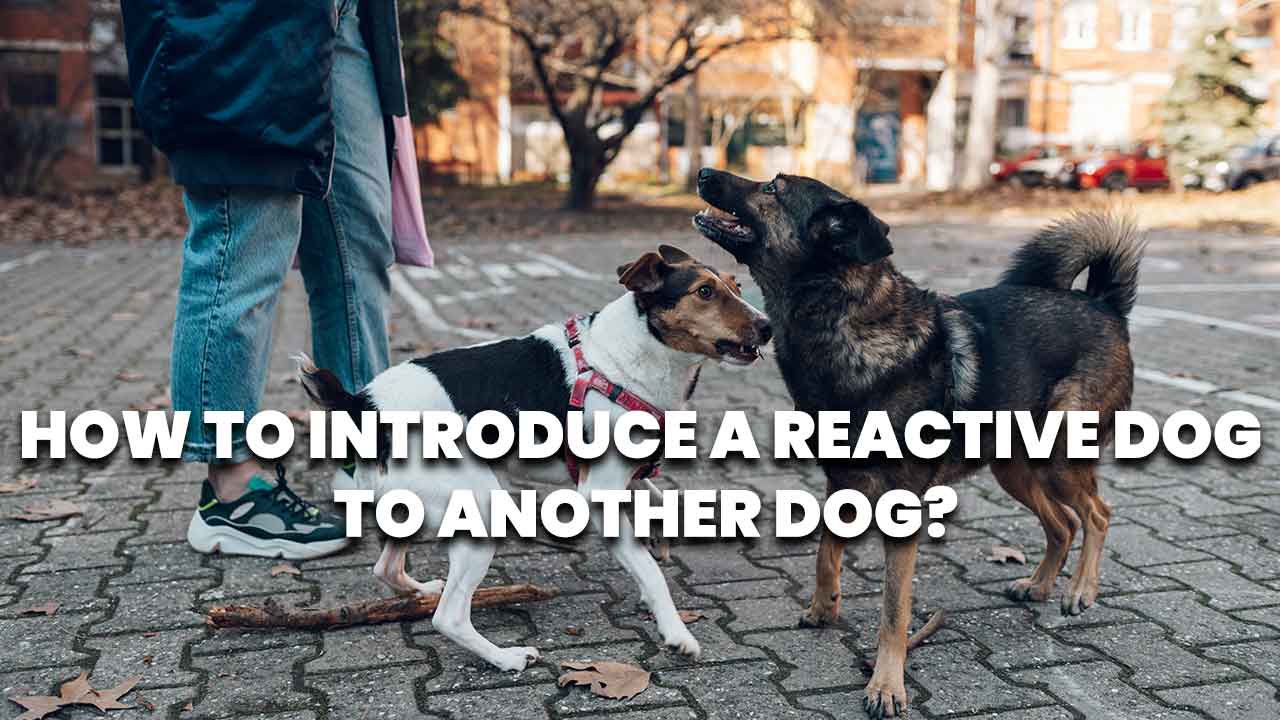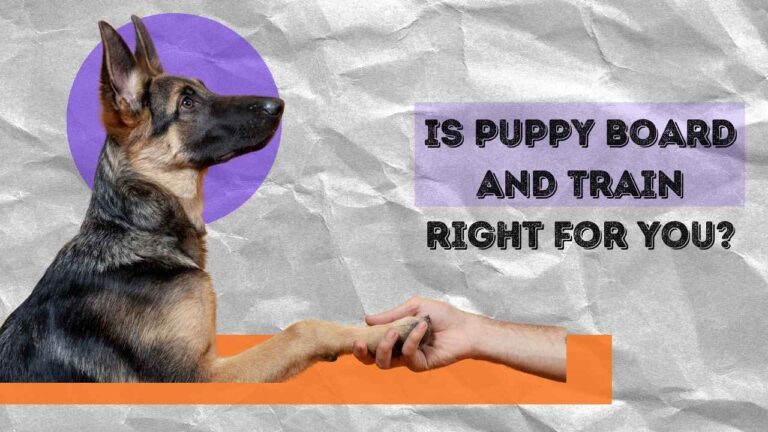How to Calm a Reactive Dog
Table of Contents
Key Takeaways: How to Calm a Reactive Dog?
| Trend | Description |
|---|---|
| Understanding Reactivity | Reactivity in dogs is often a response to stimuli and can escalate into aggression if not managed properly. |
| Genetic Factors | Certain breeds like herding dogs are more prone to reactivity due to their genetic makeup and instinctual behaviors. |
| Identifying Triggers | Identifying specific triggers that cause reactivity is crucial for effective management and training. |
| Behavior Modification | Using techniques like counter-conditioning can help make triggers less intimidating for dogs. |
| Consistency in Training | Maintaining consistency in discouraging negative behaviors and reinforcing positive ones is key. |
| Health Check | If reactivity is a new behavior, it's advisable to get a veterinary check to rule out health issues. |
| Leadership and Mindset | Winning a dog’s mind and being seen as a pack leader can significantly help in managing reactivity. |
How to Calm a Reactive Dog: Insights and Techniques for 2024
Reactive dogs present a unique challenge to pet owners. Reactivity, characterized by over-aroused responses to common stimuli, can range from barking and growling to more aggressive behaviors. Understanding and managing this behavior is crucial for a harmonious relationship between dogs and their owners.
Genetic Predisposition in Dogs
Certain breeds, especially herding dogs like Corgis, Collies, and German Shepherds, are genetically predisposed to reactivity. This instinct, crucial for their traditional roles, can be less desirable in domestic settings. Owners need to be aware of these predispositions to effectively manage and train their pets.
Identifying and Managing Triggers
Identifying triggers is the first step in managing a reactive dog. Dr. Katherine Houpt from Cornell University suggests that these triggers can vary widely, from specific people and other dogs to environmental factors. Once identified, avoiding these triggers and implementing a training plan is advisable to prevent the behavior from becoming a habit.
Training and Behavior Modification
Behavior modification techniques like counter-conditioning can be effective. This involves rewarding the dog as soon as the trigger appears, helping to associate it with something positive. Over time, this can change the dog's response to the trigger. Consistent training, possibly with the help of a fear-free trainer or veterinary behaviorist, is key to success.
Avoiding Provocative Games
Games that encourage aggressive behavior should be avoided. Instead, focus on activities that allow the dog to expend energy without reinforcing undesirable behaviors.
Consistency in Addressing Reactivity
Consistency in addressing reactivity is crucial. This means discouraging negative behaviors and reinforcing positive ones in all contexts, not just specific situations like walks.
Health Considerations
If a dog suddenly becomes reactive, a health check is advisable to rule out any underlying issues that might be contributing to the behavior.
The Role of Leadership in Training
Winning the dog's mind and establishing yourself as a pack leader are essential in managing reactivity. This approach can be beneficial for all types of dogs, helping them to control their natural impulses.
Stop a Dog from Pulling on a Leash
Pulling on the leash is a common issue that can be related to reactivity. Training your dog not to pull can also help in managing reactive behaviors.
How to Train a Dog to Ignore Distractions
Training your dog to ignore distractions is an integral part of managing reactivity. It helps them focus on you and not on the triggers that cause reactive behavior.
Socialization and Exposure: Key to Reducing Reactivity
The Importance of Socialization
Early socialization plays a vital role in preventing reactive behavior in dogs. Puppies should be exposed to various environments, people, and other animals in a controlled manner to reduce fear and anxiety in unfamiliar situations. Regular, positive interactions can significantly lessen the likelihood of a dog developing reactive behaviors.
Controlled Exposure to Triggers
Once reactivity triggers are identified, controlled exposure can help desensitize the dog. This involves gradually introducing the dog to the trigger in a non-threatening way, allowing them to become accustomed to it over time. This process should be done patiently and with positive reinforcement to ensure a stress-free experience for the dog.
Diet and Exercise: Influencing Dog Behavior
Nutritional Considerations
A well-balanced diet is essential for overall dog health and can impact their behavior. Certain nutritional deficiencies or food sensitivities can exacerbate stress and anxiety in dogs, leading to increased reactivity. Consulting with a veterinarian about the best diet for your dog is advisable.
Regular Exercise
Regular exercise is crucial for a dog's physical and mental health. Adequate physical activity helps in burning off excess energy that could otherwise contribute to reactive behaviors. Activities like walking, running, or playing fetch are excellent for keeping dogs physically active and mentally stimulated.
Teach a Dog Not to Bark at Strangers
Teaching a dog not to bark at strangers is an essential part of managing reactivity, especially towards unfamiliar people. This training helps in creating a calm and non-threatening response to strangers.
Introduce a Reactive Dog to Another Dog
Introducing a reactive dog to another dog should be done carefully and patiently. This process is crucial in helping reactive dogs become more comfortable and less aggressive towards other dogs.
Environmental and Lifestyle Changes
Creating a Calm Environment
A calm and structured environment can significantly impact a dog's behavior. Reducing noise and chaos at home and establishing a routine can help decrease anxiety and reactivity in dogs.
Lifestyle Adjustments
Lifestyle adjustments might be necessary to manage a reactive dog effectively. This could include choosing quieter times for walks, avoiding crowded places, or even rearranging your living space to reduce stressors for your dog.
Are Hands-Free Dog Leashes Safe?
Using hands-free dog leashes can be a part of managing a reactive dog, especially during walks. These leashes allow for more control and can help keep both the owner and the dog calm.
How to Stop a Dog Barking in Crate
Addressing issues like barking in the crate is also essential in managing reactivity. Crate training can provide a safe space for a dog and reduce anxiety-related reactivity.
Advanced Strategies for Managing Reactivity in Dogs
Integrating Advanced Training Techniques
- Clicker Training: A method that uses a sound (click) to mark desirable behavior, followed by a reward. It's precise and can be highly effective in reinforcing good behavior.
- Mirror Training: Involves using another dog to demonstrate desired behaviors. This can be particularly useful for reactive dogs to learn appropriate social behaviors.
- BAT (Behavior Adjustment Training): Focuses on changing the dog's emotional response to triggers by rewarding calm behavior in the presence of these triggers.
Utilizing Technology and Tools
- Smart Collars: These devices can track a dog’s physiological responses and help in identifying stressors.
- Interactive Toys: To keep the dog mentally stimulated and reduce anxiety-related behaviors.
Specialized Dog Training Programs
- Reactivity-Specific Classes: These classes are designed to address reactivity, focusing on socialization and controlled exposure to triggers.
- Agility Training: Can help in boosting a dog's confidence and reduce reactivity by channeling their energy into positive activities.
Additional Resources and Support
Consulting Animal Behaviorists
- Regular Sessions with Behaviorists: Can provide personalized strategies for managing reactivity.
- Behavior Modification Plans: Tailored to each dog's specific triggers and level of reactivity.
Online Resources and Community Support
- Webinars and Online Courses: Offer additional insights and techniques for managing reactivity.
- Forums and Social Media Groups: For sharing experiences and advice with other owners of reactive dogs.
Why Does My Dog Bark When I Stare at Him?
Understanding the reasons behind specific reactive behaviors, such as barking when stared at, is crucial in addressing the underlying causes of reactivity.
Dog Reactivity Quiz
Taking quizzes can help owners better understand the level and type of their dog's reactivity, aiding in the creation of a more effective management plan.

